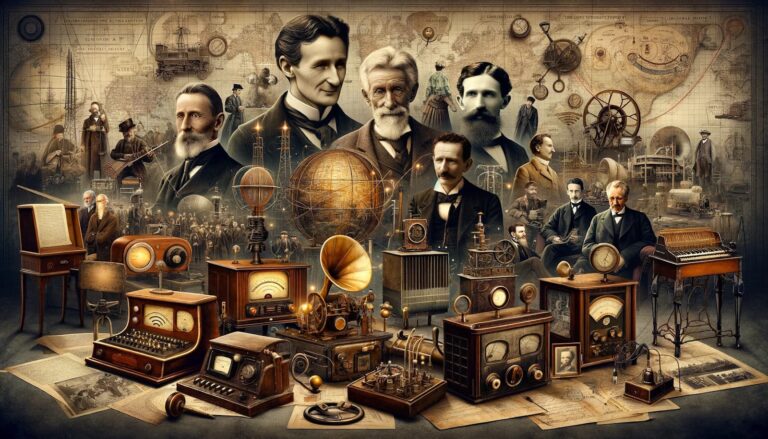When it comes to the financial markets, High-Frequency Trading (HFT) is akin to having a superhero as a friend. It’s a set of super-fast computer programs that buy and sell stocks, commodities, and other financial products in a split second.
Picture yourself in a huge, busy market where people are continuously yelling prices for various goods. HFT is comparable to having a very intelligent and swift robot at your disposal in this market. This automated trading robot uses complex algorithms, which are essentially rule sets, to rapidly assess data and execute trades. Its purpose is to profit from seemingly insignificant pricing differences in the market.
Even though HFT can make the market more liquid and efficient, it has its detractors. Experts worry it will lead to a less secure economy and give an unfair edge to the most advanced companies. It is a constant goal of regulators to strike a balance between fostering innovation and maintaining a level playing field.
A Promising Future
So far, signals and trends have been analyzed by machine learning models, but we know that the models get better with training and data. At this cusp of HFT development, you can expect AI to push forward the way we deal with signals and analyze trends.
Signals
We can foresee the field becoming increasingly complex and nuanced in the future with:
- Machine Learning-Generated Signals: Large volumes of data may be analyzed by the ML models, which can also learn from past market activity and pick up on minute trends that conventional algorithms might miss. By using AI, signals can become more flexible and accurate, which will help HFT systems find profitable trading opportunities.
- Alternative Data Integration: Beyond conventional market data, artificial intelligence (AI) algorithms can handle a wide range of datasets, including sentiment analysis from social media, news feeds, and satellite images. HFT systems have the ability to produce signals that are grounded in a deeper and more comprehensive understanding of market dynamics through the integration and analysis of this alternative data.
Trends
Trends show the overall direction of an asset’s or the market’s movement. AI will have a major impact on HFT trend analysis.
- Current Trend Analysis: HFT tactics frequently depend on identifying and profiting from market movements. Trends are found in current systems through statistical and technological examination.
- AI-Powered Trend Prediction: AI will be a key component of trend prediction in the future. Machine learning models can more efficiently adjust to shifting market conditions by analyzing past data to spot minor trends. A subset of machine learning called deep learning is useful for trend analysis in HFT because it excels at identifying complex patterns in big datasets.
The Role of AI is Inevitable
AI is a game-changer for the future of HFT.
- Algorithmic Trading Strategies: Algorithms driven by AI will propel the creation of increasingly complex and flexible trading methods. These algorithms have the ability to learn and adapt over time, changing their strategies in response to changes in the market, breaking news, and other pertinent variables. In the HFT market, the application of AI may result in trading techniques that are more responsive and dynamic.
- Quantum Computing: Due to their unmatched processing power, quantum computers have the potential to greatly speed up market data analysis, enabling HFT systems to process massive volumes of data instantly.
- Risk Management: Through the identification of possible hazards and the optimization of trading strategies in response, AI can provide sophisticated risk management in HFT. To make well-informed decisions about risk exposure, machine learning algorithms can evaluate market volatility, liquidity, and other relevant elements.
- Predictive Analytics: Predictive analytics driven by AI can improve the accuracy of HFT systems’ market movement forecasts. Predicting price movements, seeing possible market shocks, and comprehending how outside events affect financial instruments are a few examples of this.
Conclusion
AI will be critical to HFT in the future as it generates signals through sophisticated machine learning, forecasts trends, and optimizes trading tactics. The capabilities of HFT systems will be further improved by the incorporation of alternative data and, possibly, the application of quantum computing, which will make them more flexible, effective, and sensitive to changing market conditions.















